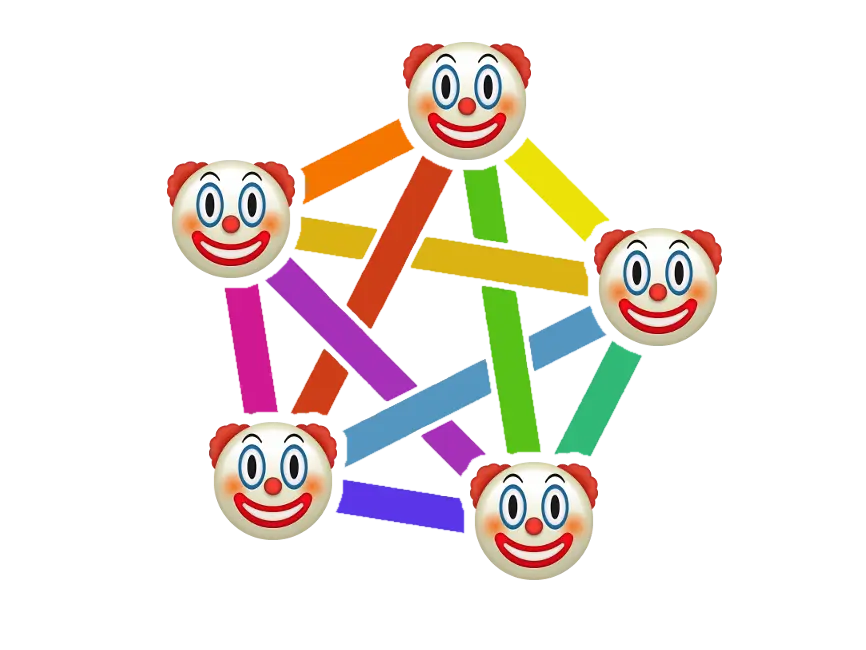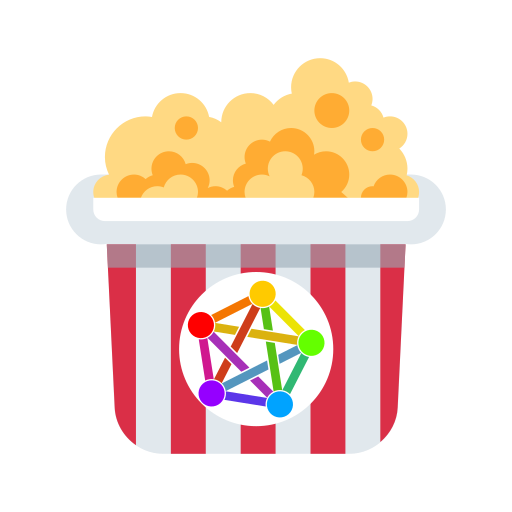

“ML philosophy”, as in the somehow monolithical ideological orientation of the .ml instance, is not a thing. Regardless of what this extremely loud minority keeps crying about, the truth is that .ml admins either don’t care or are not very good at keeping “dissent” at bay. If anything, .ml is more tolerating of a wider variety of ideologies, including neoliberalism but not limited to that, which is in reality the pain point that y’all keep complaining about. .world is, by comparison, a lot more relentless at silencing dissent and maintaining a homogeneous ideology, just one that a lot of westerners are comfortable with. Lemmygrad and Hexbear are also a lot more dedicated to maintaining ideological homogeneity, but no amount of you (generic, not you in particular) pretending that .ml operates in the same exact way is going to make it true.
“ML philosophy”, as in marxism-leninism, is a branch of a wide family of marxist ideologies that has laid out the groundwork for a lot of the modern framework on how we understand society and labor. I’d believe you if you told me you haven’t seen it because it’s not mainstream; doesn’t mean that it doesn’t exist or that it isn’t a fruitful field of study for sociologists. Notably, it is also not widely discredited outside of the US, a country that has a history of propagandizing exactly against this kind of thing.
I don’t understand your point about Dessalines’s place of residence? Even if you live in the US, you can be critical of the hegemonic narrative, you know. But my experience seems to be the converse to yours: This weird obsession with being concerned about tankies coming and eating you is genuinely not that strong of a thing except for extremely online edgelords. I hardly even see this kind of behavior outside of specifically westerners on Twitter, Reddit, Instagram, and Lemmy. And even then, there are more sane westerners on all these platforms who know that, in real life, the ones out to eat us all are most likely not coming exactly from that side of the spectrum.






I can tell you the approach to these problems in my most recent project.
In my project, I have a central “MainGame” node that is the root of the scene where the main game loop happens, and then there is an “OverworldManager”, which then hosts “OverworldMap” nodes and swaps them as required, as well as hosting the Player character node as a sibling to the OverworldMap, rather than a descendant of it, so that I can warp it around easily.
But MainGame has multiple other children, two of them being the InventoryManager and the PersistenceManager nodes. You can access these as soon as you have a reference to the MainGame node by simply calling GetChild(), altough I have wrapper methods for accessing those.
The InventoryManager node hosts a list of tuples in the form of (ItemType, amount), and it has multiple methods AddItem, RemoveItem, HasItem, etc. All of these just access this list of tuples.
The PersistenceManager is responsible for keeping track of persistent changes in the many OverworldMaps. It’s just a single wrapper for a list of NodePaths for nodes that have been “flagged”. Because OverworldManager never has more than one map loaded at any given time, every node in the map will keep the same exact NodePath relative to the scene root even if you unload and reload the map. This means that, when for example a locked door or a destructible crate is instantiated as part of the map, you can check in its _Ready function whether the game’s PersistenceManager has flagged the path to this crate, and in that case, just destroy it again or QueueFree it outright. You should then make sure to have the PersistenceManager flag this node when you open it/destroy it/etc. You can actually extend this approach to have the PersistenceManager be able to hold multiple flags with values for a given node.
Then, when you save the game, you can easily add independent Save and Load functions to each of these managers and call all of them from a SaveManager node if you want to persist the data across runs. Really, all of these managers may as well be autoload scripts, but behind the scenes autoloads are just nodes that are siblings to your root node. Personally, I avoid autoloads entirely because I’d rather manage these nodes myself, but there is nothing wrong per se with using autoloads.
As for HP and damage; I don’t actually use a node dedicated to HP. Instead, my BattleScene holds Battler nodes, which define their many attributes in battle, one of them being HP. It also has a static function CalculateDamage(Battler attacker, Technique technique, Battler target) that I use to calculate how much HP a given technique should remove, and because it is a private function of Battler, I also get access to private Battler data such as its stat boosts. For persisting the player’s HP, I have a dedicated PlayerManager node. This obviously only makes sense if you have separate Overworld and Battle scenes; if you are fighting enemies in the Overworld in real time, your approach will need to be different.
I hope that helps.